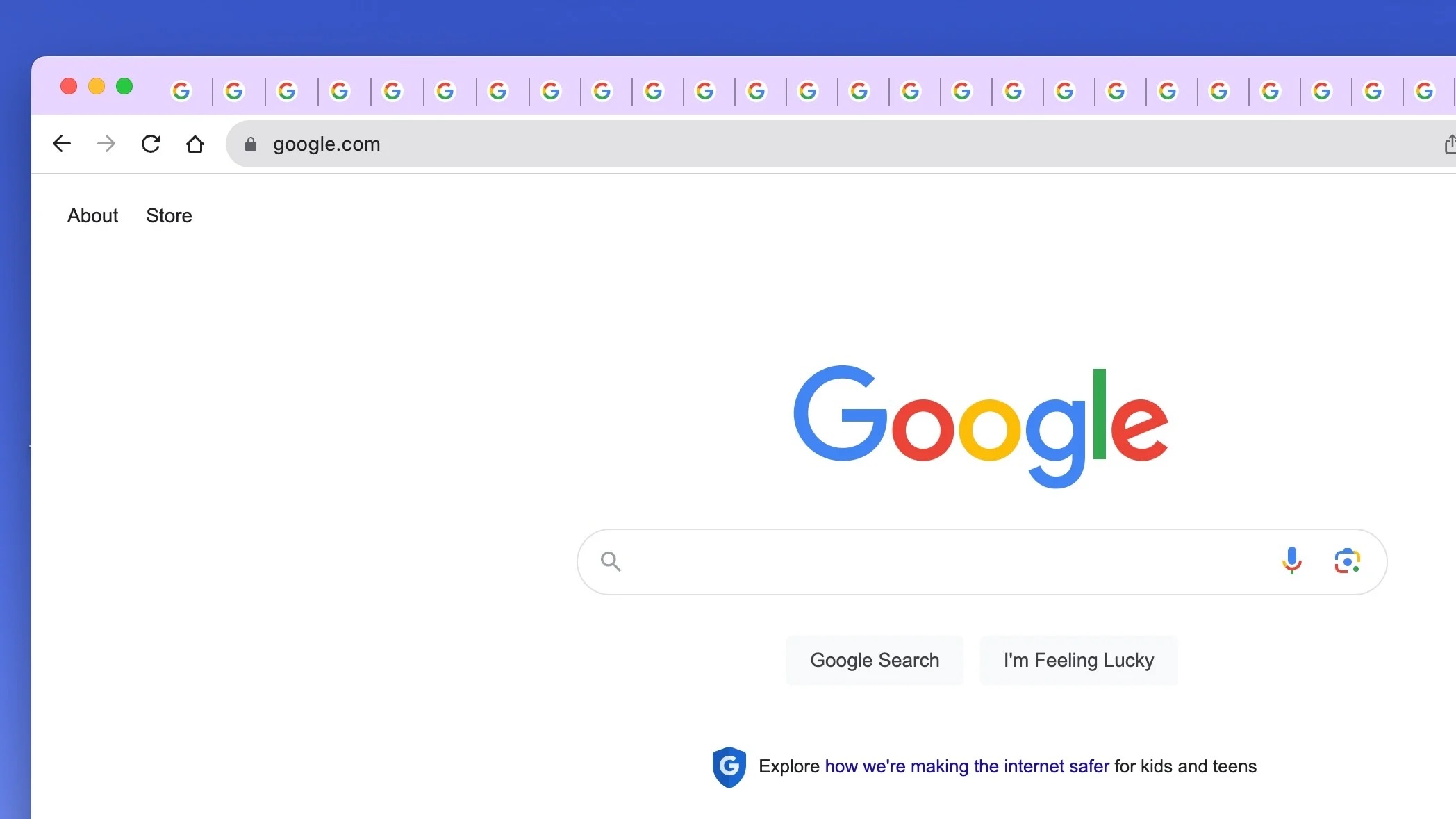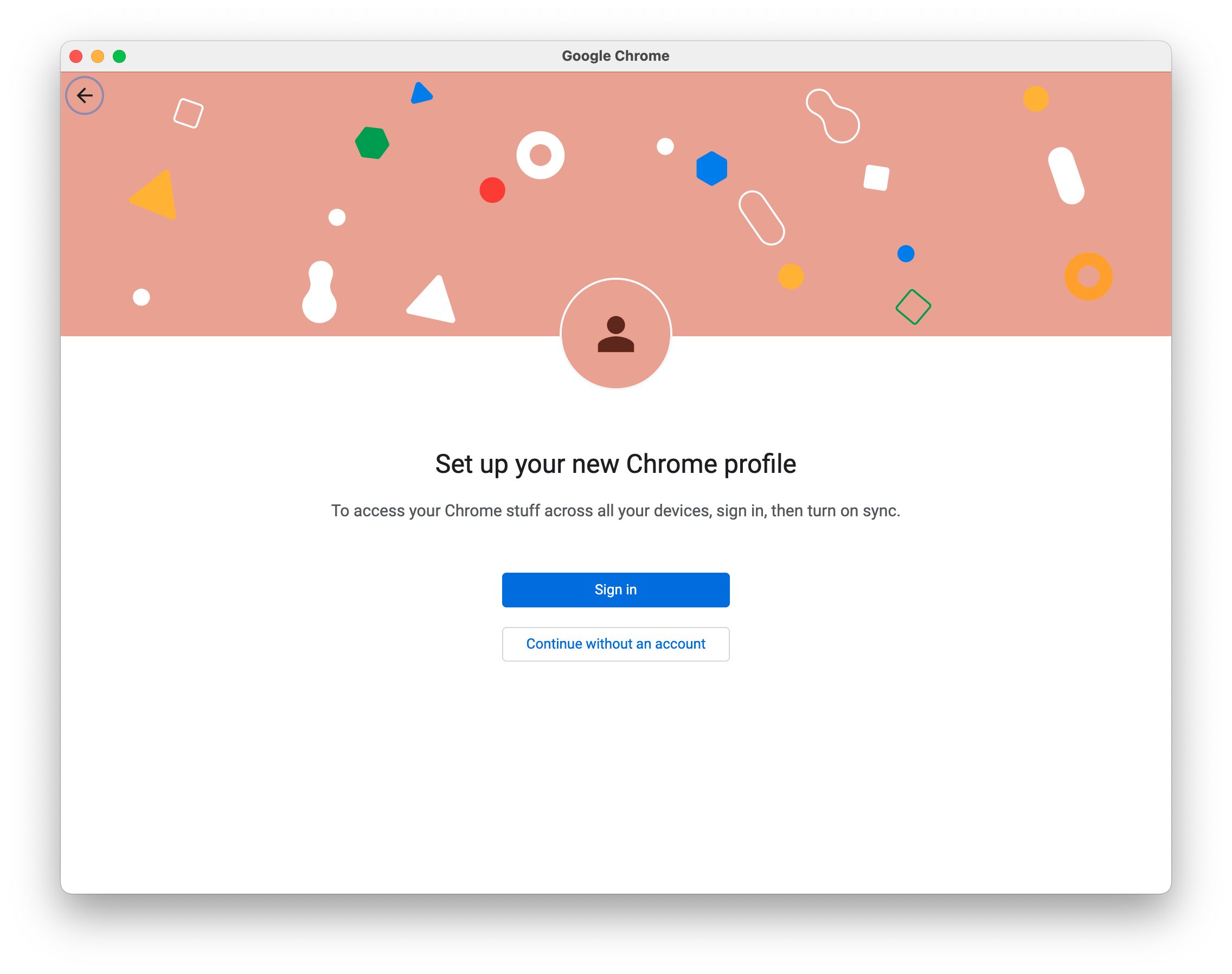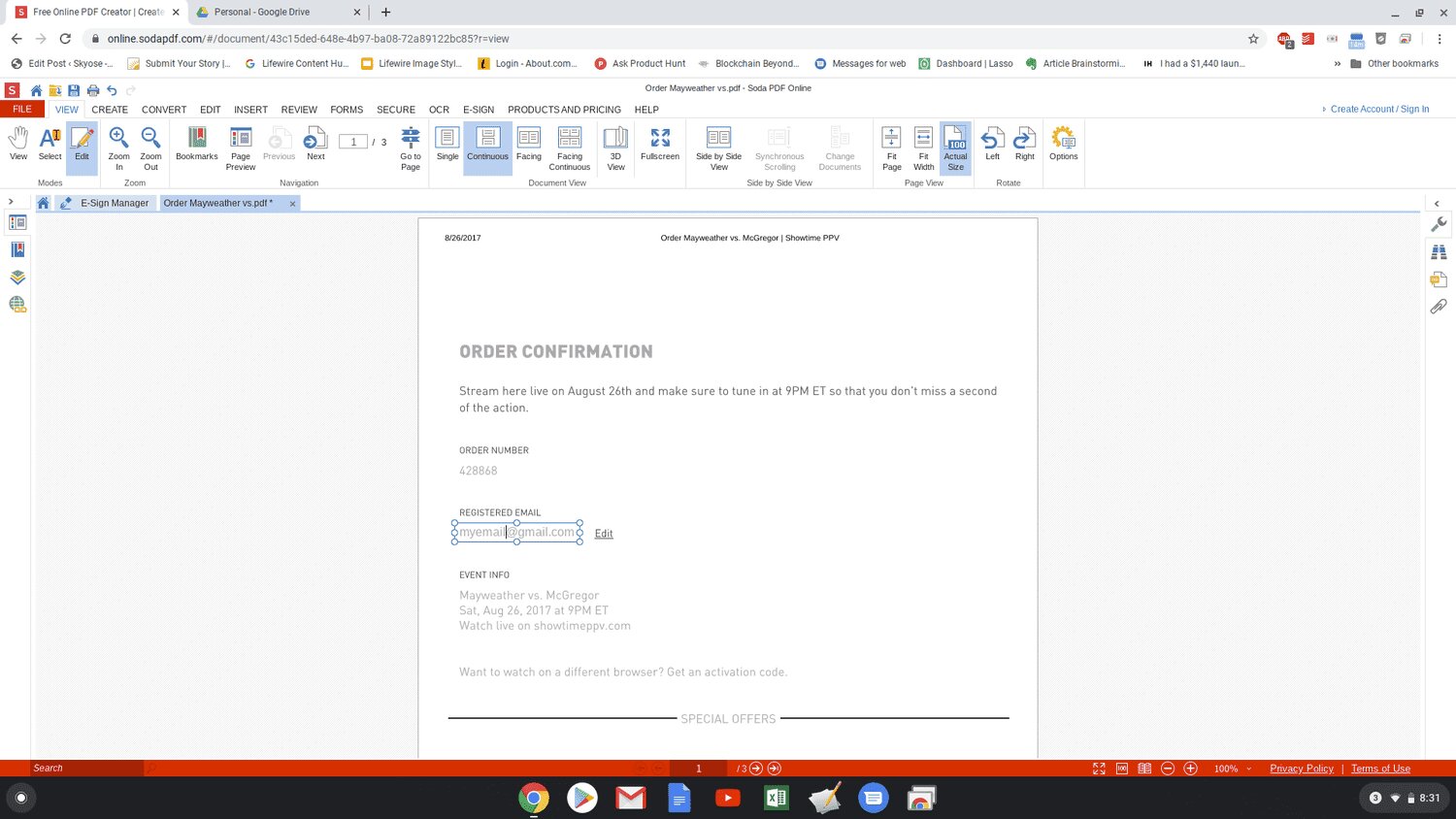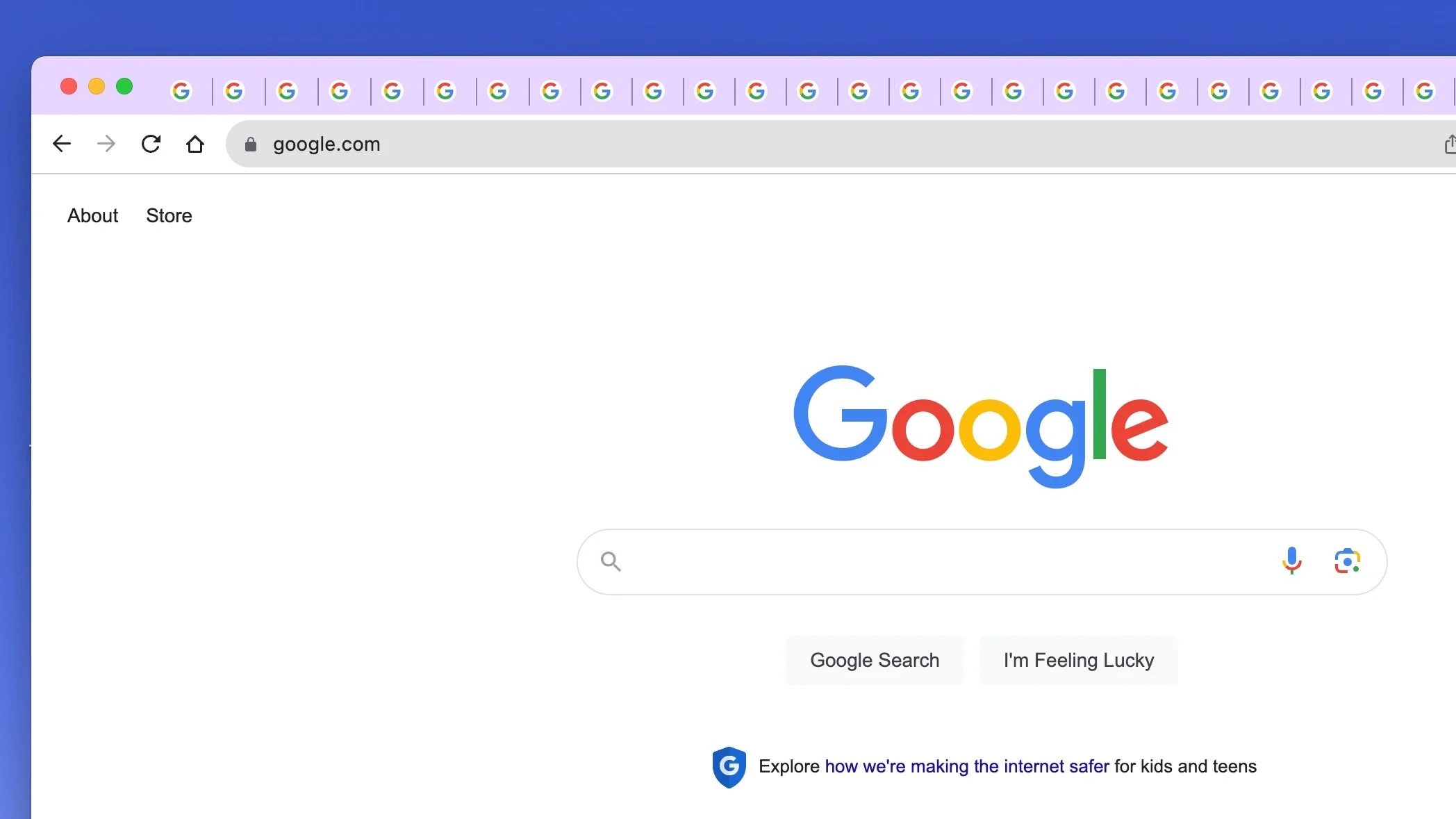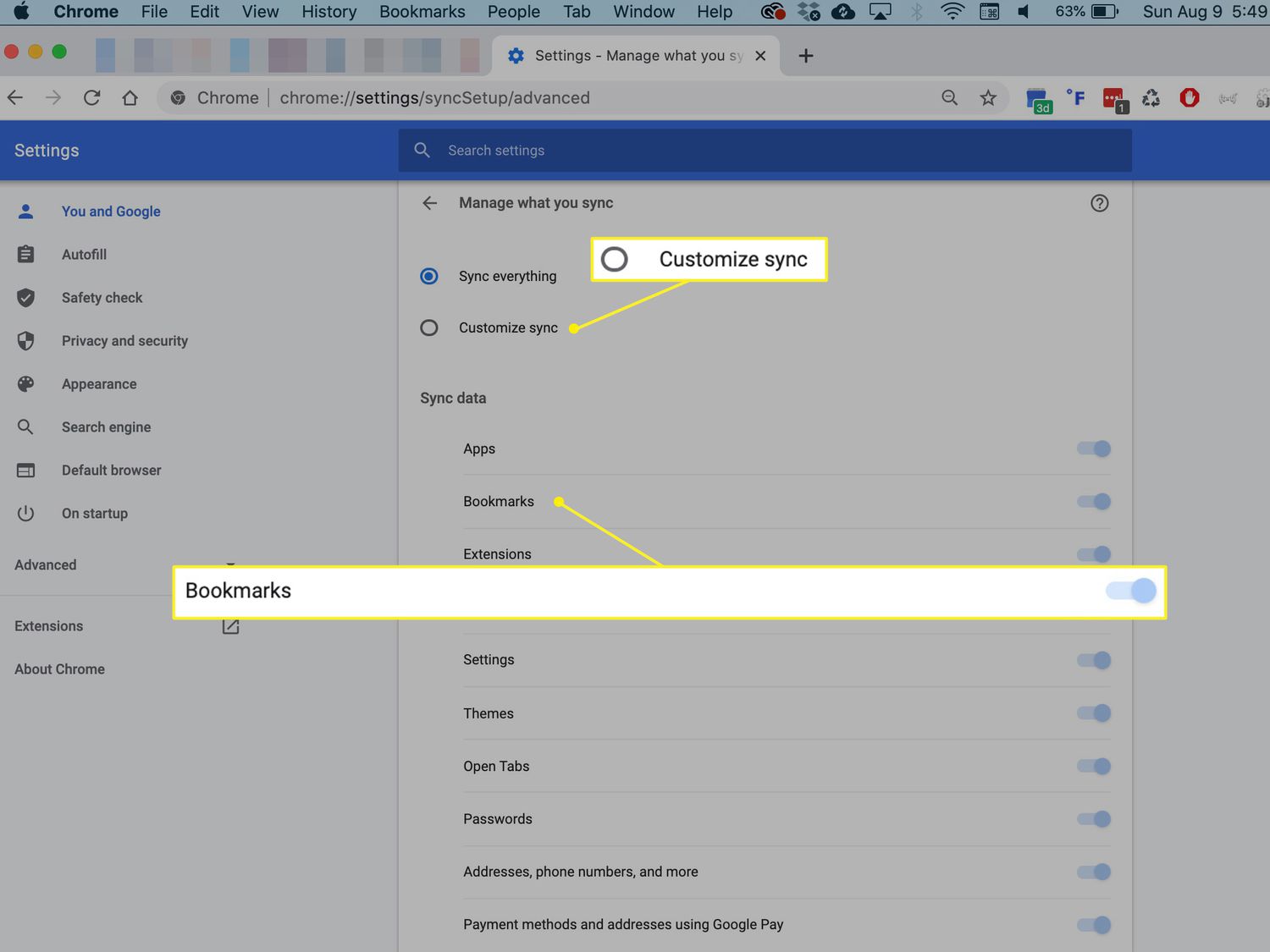Introduction
When it comes to browsing the internet, Google Chrome stands out as one of the most popular web browsers, offering a plethora of features to enhance user experience. One such feature is the ability to merge two separate browser windows into a single window, streamlining your browsing activities and maximizing efficiency. This functionality is particularly useful when you find yourself juggling multiple windows and tabs, seeking a more organized and seamless browsing experience.
In this article, we will delve into the step-by-step process of merging two windows in Google Chrome, empowering you to harness the full potential of this browser. Whether you're a seasoned Chrome user or a newcomer to the platform, mastering this technique can significantly enhance your productivity and streamline your online activities.
So, without further ado, let's embark on this journey to unlock the power of merging windows in Chrome, allowing you to navigate the digital landscape with ease and efficiency. Whether you're multitasking for work, conducting research, or simply enjoying leisurely browsing, the ability to merge windows will undoubtedly elevate your browsing experience. Let's dive into the practical steps that will enable you to seamlessly merge two windows in Google Chrome.
Step 1: Open Chrome and the Windows You Want to Merge
To initiate the process of merging two windows in Google Chrome, the first step is to open the Chrome browser on your computer. Whether you are using a Windows PC, Mac, or Linux system, launching the Chrome browser is the initial action to kickstart the window merging procedure.
Once Chrome is up and running, proceed to open the individual windows that you intend to merge. This can be achieved by either clicking on the Chrome icon in your taskbar or accessing it from your desktop or applications folder, depending on your operating system. Upon launching Chrome, you can open multiple windows by either clicking on the Chrome menu and selecting "New Window" or using the keyboard shortcut "Ctrl + N" on Windows or "Command + N" on Mac.
After opening the desired windows, you should ensure that they are positioned in a way that allows for easy merging. This may involve arranging the windows side by side on your screen, facilitating a seamless transition when merging them. Whether you are working on a single monitor or utilizing multiple displays, positioning the windows for merging is essential for a smooth and efficient process.
By following this initial step, you have set the stage for merging two separate windows in Google Chrome, laying the foundation for a more organized and streamlined browsing experience. With Chrome open and the relevant windows at your disposal, you are now ready to proceed to the next step and seamlessly merge the windows to enhance your browsing efficiency.
Step 2: Arrange the Windows Side by Side
Arranging the windows side by side is a crucial preparatory step in the process of merging two windows in Google Chrome. This strategic positioning facilitates a seamless transition when merging the windows, ensuring a smooth and efficient user experience.
To begin, carefully position the individual windows on your screen, allowing for a clear view of each window without overlapping. This can be achieved by clicking and dragging the title bar of each window to the desired location. Whether you are using a single monitor or multiple displays, arranging the windows side by side optimizes the merging process, enabling you to transition effortlessly from one window to the other.
In a multi-tasking environment, such as conducting research while referencing multiple web pages or working on multiple projects simultaneously, arranging windows side by side provides a visual layout that enhances productivity and streamlines your workflow. This deliberate organization empowers you to access and interact with the content in each window with ease, eliminating the need to constantly switch between overlapping windows.
Moreover, by positioning the windows side by side, you gain a comprehensive view of the content within each window, allowing for efficient comparison, analysis, and data transfer between the windows. This setup is particularly advantageous when working with content such as documents, spreadsheets, or web pages, as it enables a seamless transition between the windows, fostering a more cohesive and integrated browsing experience.
In addition to enhancing productivity, arranging windows side by side in preparation for merging reflects a proactive approach to managing your digital workspace. By taking the time to organize and optimize your browsing environment, you set the stage for a more focused and efficient browsing experience, ultimately contributing to a more seamless and enjoyable interaction with Google Chrome.
By meticulously arranging the windows side by side, you are poised to seamlessly merge the windows in the subsequent step, unlocking the full potential of this feature in Google Chrome. This deliberate positioning sets the stage for a cohesive merging process, empowering you to harness the power of a unified browsing experience within a single window.
Step 3: Drag and Drop to Merge the Windows
Once you have arranged the individual windows side by side, the next step involves the seamless merging of these windows in Google Chrome. This process is remarkably intuitive and user-friendly, allowing you to consolidate your browsing activities into a single, unified window with ease.
To initiate the merging process, position your cursor on the title bar of one of the open windows. Click and hold the left mouse button while dragging the window towards the other window that you intend to merge it with. As you drag the window, you will notice a transparent overlay indicating the potential placement of the window once merged. This visual cue provides a clear indication of the merging action, enabling you to precisely position the window for seamless integration.
Upon reaching the edge of the adjacent window, release the mouse button to drop the window into place. As you release the window, Google Chrome will automatically merge the two windows, consolidating their content into a single, unified browsing experience. This intuitive drag-and-drop action streamlines the merging process, allowing you to effortlessly combine the content from multiple windows into a cohesive and organized layout.
It's important to note that the drag-and-drop method for merging windows in Google Chrome is designed to be user-friendly and intuitive, catering to a wide range of users, regardless of their technical expertise. This approach empowers users to effortlessly manage their browsing environment, promoting a seamless and efficient workflow within the Chrome browser.
By leveraging the drag-and-drop functionality to merge windows, you gain the ability to consolidate your browsing activities, whether it involves referencing multiple web pages, comparing content, or organizing your digital workspace. This streamlined merging process reflects Google Chrome's commitment to enhancing user experience, providing a practical and efficient solution for managing multiple windows within the browser.
As you complete the drag-and-drop action to merge the windows, take a moment to appreciate the newfound cohesion and organization within your browsing environment. The seamless integration of content from multiple windows into a single, unified layout signifies a significant enhancement in your browsing experience, empowering you to navigate the digital landscape with clarity and efficiency.
In mastering the drag-and-drop method to merge windows in Google Chrome, you unlock the potential for a more streamlined and integrated browsing experience, reflecting the browser's commitment to empowering users with intuitive and practical features. This merging process epitomizes the seamless fusion of technology and user-centric design, culminating in a browsing experience that is both efficient and enjoyable.
Step 4: Adjust the Size of the Merged Window
After successfully merging the individual windows into a unified browsing experience, it's essential to optimize the size of the merged window to suit your preferences and workflow. Google Chrome offers intuitive resizing options, enabling you to customize the dimensions of the merged window with ease.
To adjust the size of the merged window, position your cursor over the edge of the window, where the cursor transforms into a double-headed arrow. This visual cue indicates that you can click and drag the edge of the window to resize it. By clicking and holding the left mouse button, you can effortlessly expand or shrink the merged window, tailoring it to your desired dimensions.
The ability to adjust the size of the merged window is particularly valuable when working with diverse content, such as web pages, documents, or multimedia. By customizing the window size, you can optimize the visibility and accessibility of the content, ensuring a comfortable and efficient browsing experience.
Moreover, resizing the merged window in Google Chrome reflects the browser's commitment to user-centric design, empowering you to personalize your browsing environment according to your unique preferences and workflow. Whether you prefer a spacious layout for comprehensive content viewing or a more compact window for focused browsing, the resizing feature accommodates your individual needs.
In a multi-tasking scenario, where you may be referencing multiple sources of information or engaging in collaborative work, the ability to adjust the size of the merged window enhances your productivity and multitasking capabilities. This customization empowers you to create an optimal layout that supports your specific tasks and facilitates seamless interaction with the content within the merged window.
By fine-tuning the size of the merged window, you elevate your browsing experience within Google Chrome, aligning the browser with your individual preferences and workflow requirements. This personalized approach to window resizing underscores the browser's commitment to empowering users with practical and customizable features, ultimately contributing to a more efficient and enjoyable browsing experience.
As you adeptly adjust the size of the merged window to suit your needs, take a moment to appreciate the flexibility and control that Google Chrome offers in tailoring your browsing environment. This final step in the merging process encapsulates the browser's dedication to providing a user-centric experience, where customization and efficiency converge to elevate your interaction with the digital world.
In mastering the art of resizing the merged window in Google Chrome, you solidify your ability to create a tailored and optimized browsing environment, reflecting the browser's commitment to empowering users with intuitive and practical features. This customization process epitomizes the seamless fusion of technology and user-centric design, culminating in a browsing experience that is both efficient and enjoyable.









